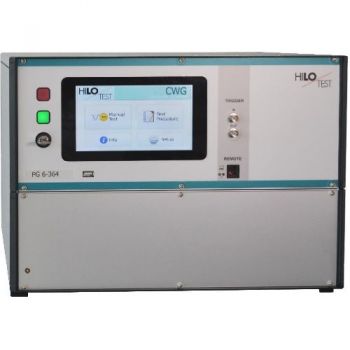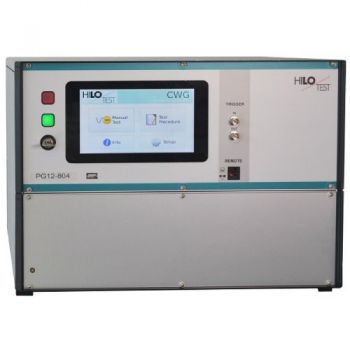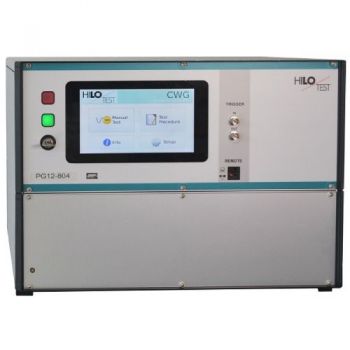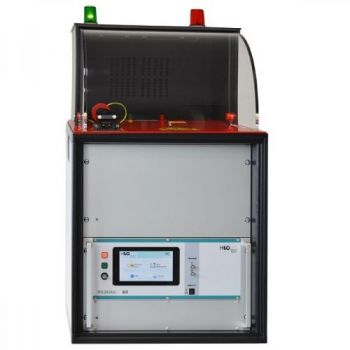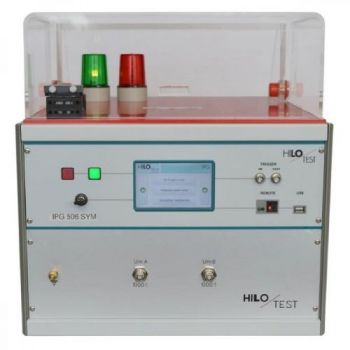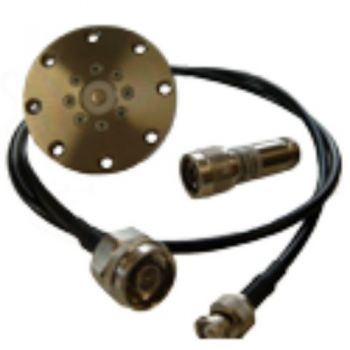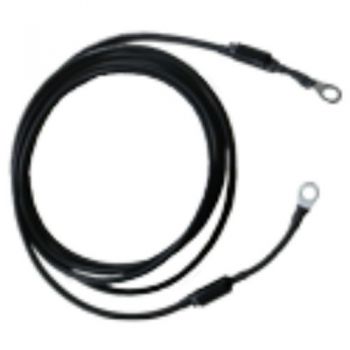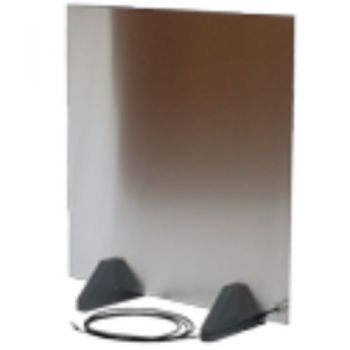Products
The high-voltage impulse generator PG 6-364 generates standard impulse voltages with waveforms 1.2/50 µs and 10/700 µs. The Output voltage is adjustable between 0.2 kV and 6 kV. The polarity of the output voltage is selectable. Positive, negative or alternating polarity of the output voltage can be preselected. The generator is designed for dielectric testing of components and systems as well as testing of the electromagnetic compatibility of electronic systems and devices acc. to CCITT K17/K20/K22, ITU-T/K44, IEC 61000-4-5, VDE 0847.
The Combination Wave Generator PG 10-504 is a combined impulse-current-/impulse-voltage generator which, for high-impedance loads, RL > 100?, delivers a standard impulse voltage with waveform 1.2/50µs and, for short-circuited output, a standard impulse current with waveform 8/20µs. The generator allows surge testing of components and devices, the galvanic coupling of surges to cable shields, shielded enclosures and cabinets as well as testing electromagnetic compatibility, EMC, of electronic devices and systems against pulsed and conducted interference.
The Combination Wave Generator PG 12-804 is a combined impulse-current-/impulse-voltage generator which, for high-impedance loads, RL > 100?, delivers a standard impulse voltage with waveform 1.2/50µs and, for short-circuited output, a standard impulse current with waveform 8/20µs. The generator allows surge testing of components and devices, galvanic coupling of surges to cable shields, shielded enclosures and cabinets as well as testing electromagnetic compatibility, EMC, of electronic devices and systems against pulsed and conducted interference.
The Surge Test Generator PG 24-2500 is a combined impulse current-/impulse-voltage generator which, for high-impedance loads, RL > 100?, delivers a standard impulse voltage with waveform 1.2/50µs and, for short-circuited output, a standard impulse current with waveform 8/20µs, as defined by IEC 60. The peak value of the pulse output voltage can be adjusted from 0.5 kV to 24 kV. The peak short circuit current amplitude is 12 kA.
The front-chopped-wave generator IPG 506 is used for measuring dc spark-over voltage and impulse spark-over voltage of over-voltage protectors according to CCITT / ITU-T, K12. DC spark-over voltage: A linearly rising voltage, rate of rise 100 V/s up to 640 V, simultaneous plus and minus, is connected to the device under test. The spark-over voltage of these two simultaneous impulses is measured and shown in the display. Impulse spark-over voltage: A linearly rising impulse voltage, simultaneous plus, and minus, rate of rise 100 V/µs up to 5000 V/µs, open loop amplitude 5000 V, is connected to the device under test. The spark-over voltage is measured by use of a peak detector. The results of these two simultaneous impulses are shown on the display. The picture is shown with PA 503 Option.
HV - Impulse generators IPG 620, IPG 1050 and IPG 1272 create standard impulse voltages with waveform 1.2 / 50 µs acc. to IEC 60. The generators simulate surges caused by switching of inductive loads, power system switching, lightning strokes, etc. They are designed for testing of impulse dielectric strength of components, insulation, air-and surface flash-over gaps as well as for testing surge immunity of devices and systems acc. to CCITT - K22, ITU-T-K44. Picture: incl. option PA503
The GTEMCELL GTEM-1250 Family is a TEM waveguide with the upper-frequency limit extended to the GHz range. It is under consideration as an alternative measurement facility for both radiated emission and immunity measurements. It is included in the standard IEC 61000-4-20 “Emission and Immunity Testing in Transverse Electromagnetic (TEM) Waveguides”.
ESD - Generators verified according to the standard International Electro technical Commission 61000-4-2, ISO 10605 and other. The measurements of the single pulses take place with a special 2 ohm shunt. For the correct verification of the ESD impulses an oscilloscope is necessary with a minimum bandwidth of - 2 GHz acc. IEC 61000-4-2, 2008 and - 1 GHz acc. ISO 10605, 2008. The ESD verification set SESD 8800-4 works up to 4 GHz and fulfilled the request of the double bandwidth regarding to the measurement bandwidth.
2m Grounding cable for ESD immunity tests
The Vertical Coupling Plate (VCP) is used in conjunction with ESD generators to simulate indirect discharges on metallic objects that are near a test object. The bleeder resistors contained in the ground wire of the VCP serve to prevent the applied charge from vanishing immediately after the discharge of the ESD generator to the VCP, thereby increasing the effect of the ESD test.

